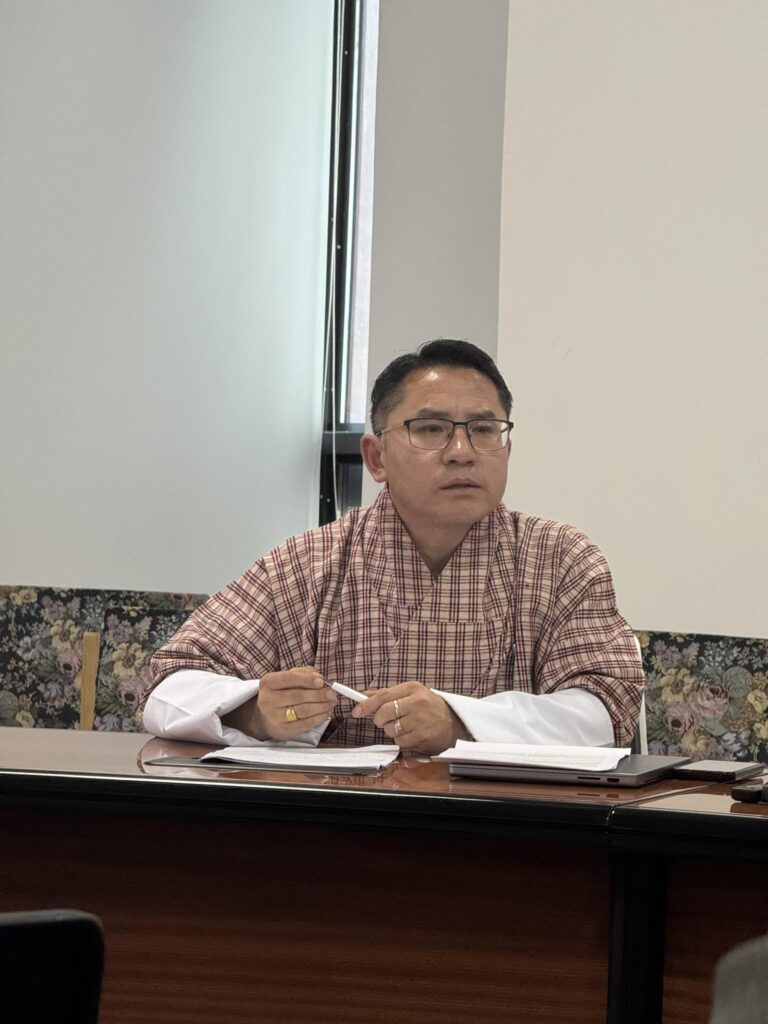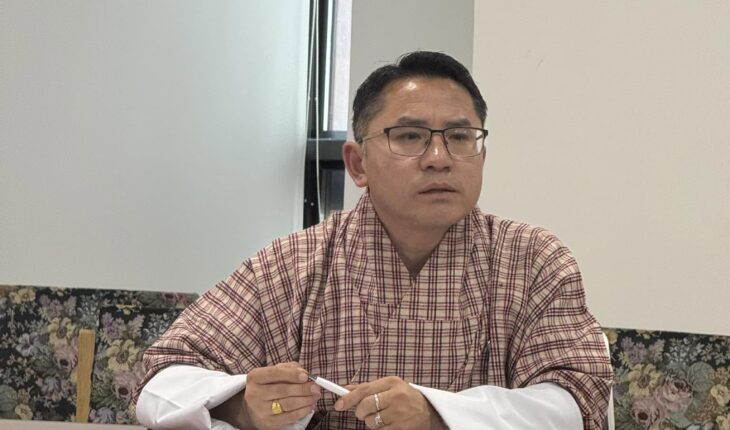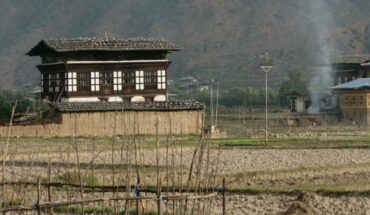
DAWA ZANGMO
Thimphu
Amid growing public concerns that the current Cost-Sharing Mechanism (CSM) under rural development programs may be excluding the country’s poorest communities particularly in Zhemgang the government has stepped forward to defend the policy.
Officials assert that the mechanism is inclusive by design and remains central to Bhutan’s long-term rural and agricultural development strategies.
Zhemgang, a dzongkhag that continues to register the highest poverty rate in Bhutan at 41.4 percent, has seen significantly lower participation in development initiatives among its most financially vulnerable farmers.
Local leaders and communities report that many households are struggling to meet basic daily needs and are unable to afford the contribution of Nu 15,000 to Nu 20,000 typically required under the cost-sharing scheme.
In response to these concerns, the Ministry of Agriculture and Livestock (MoAL) Lyonpo Younten Phuntsho, firmly stated that no government policy is designed to discriminate against any community or dzongkhag.
“The government does not endorse or design any policy or program that discriminates against any dzongkhag or community,” said Lyonpo Younten Phuntsho.
“It would be incorrect to assume that the current cost-sharing model excludes the poorest farmers.”
The minister emphasized that the CSM is just one among several initiatives aimed at improving rural livelihoods and strengthening agricultural productivity. He highlighted the government’s ongoing commitment to ensure that all Bhutanese farmers, regardless of their economic status, benefit from rural development programs.
One of the key initiatives currently being implemented in Zhemgang is the “Building Resilient Commercial Smallholder Agriculture” (BRECSA) project.
This multi-pronged program includes the commercialization of mushroom cultivation, support for large-scale coffee plantations, and enhanced production of spices with a strong focus on Zhemgang.
It also provides targeted assistance for dairy production and other livelihood enhancement activities aimed at smallholder farmers.
The ministry has reiterated that cost-sharing has long been a foundational principle of Bhutan’s agricultural and livestock development strategy.
Though applied informally for decades, the first formal Cost-Sharing Mechanism was launched in 2019, revised in 2021, and most recently updated in June 2025.
The latest version, referred to as CSM 2025, was endorsed by the Cabinet and aligns closely with the ambitious goals laid out in the 13th Five-Year Plan (FYP).
According to the ministry, CSM 2025 is structured to enhance agricultural productivity, increase the sector’s contribution to the Gross Domestic Product (GDP), and drive export revenue.
The policy is built on several guiding principles: prioritizing investment in high-impact areas, ensuring effective use of limited public resources, promoting accountability and ownership, and facilitating a transition from subsistence to commercial farming.
“The idea is not to spread our limited resources thinly, but to make targeted interventions where they will have the greatest return,” Lyonpo Younten Phuntsho explained during the session.
CSM 2025 classifies farmers into two broad categories subsistence and large-scale and provides differentiated support tailored to their specific needs and capacities.
Subsistence farmers, who typically operate on a smaller scale and rely primarily on farming for their household needs, are provided with enhanced government support in critical areas that are vital for transitioning to commercial farming.
Additionally, subsistence farmers enjoy lower rates for land development services compared to their larger counterparts.
Large-scale farmers, meanwhile, receive government assistance for infrastructure development, such as greenhouses and access to advanced agricultural technologies.
However, subsistence farmers are not excluded from these interventions; they may access them, albeit at slightly higher costs.
Similarly, services related to high-yield seed distribution and seed replacement are available across the board.
The ministry disclosed that the new CSM 2025 includes a total of 72 input-based interventions. Of the 32 services provided by the Department of Agriculture, 29 are specifically designed to benefit subsistence farmers. Likewise, out of 40 services delivered by the Department of Livestock, 22 directly support small holder and subsistence level producers.
These statistics, according to the ministry, demonstrate that the policy is not only inclusive but deliberately weighted in favor of the country’s most vulnerable agricultural communities.
“The current cost-sharing mechanism does not discriminate against poor or subsistence farmers,” the ministry reiterated. “Rather, it is a targeted approach that uses differentiated support levels to empower small holders, incentivize growth, and improve productivity and income across all farming communities.”



